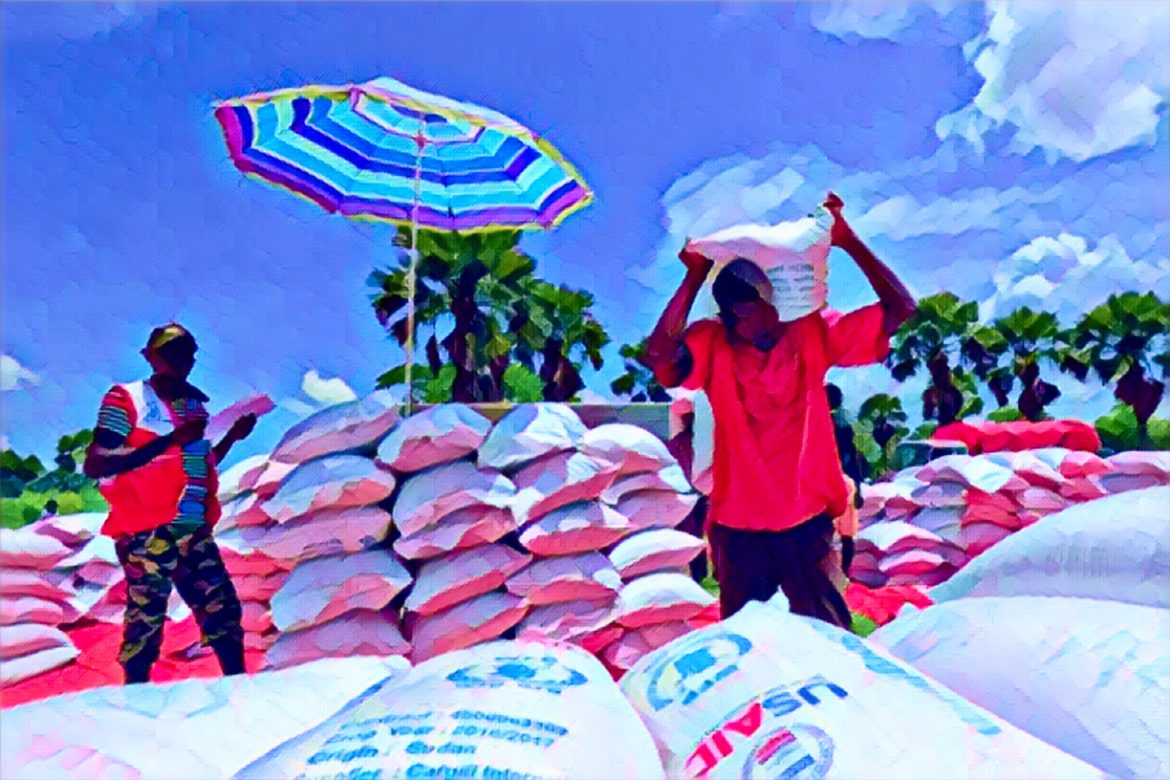During a post-Cabinet briefing, Zimbabwe’s Agriculture Minister Anxious Masuka revealed that the country is facing a severe food security crisis, with nearly 8 million people in need of urgent aid. This situation has arisen as the government escalates its plea for international assistance to a staggering $3 billion to combat the effects of a devastating El Niño-induced drought.
The situation has deteriorated to the point where President Emmerson Mnangagwa declared the drought a national disaster last month, aiming to consolidate resources from international aid agencies and development partners. The revision of the aid appeal to $3 billion from an earlier $2 billion reflects a dire scenario, contradicting earlier government assurances that no one would succumb to hunger.
Zimbabwe, with a population of just over 15 million according to the 2022 census, finds more than half its citizens grappling with food insecurity. The government plans to distribute essential foodstuffs such as maize and wheat primarily in rural areas, while urban populations will receive support through cash transfers.
Minister Masuka detailed the government’s strategy, noting that individuals would receive 7.5kg of food per month, provided quarterly to minimize transportation costs. He emphasized the government’s readiness to counteract any profiteering in the crisis, urging the public to report any overpriced food commodities.
Despite these efforts, the government has faced criticism for its initial underestimation of the crisis. Early in the year, officials claimed sufficient grain reserves, only for the Grain Marketing Board to later reveal that stocks would not last past June. This has led to a reevaluation of the 2024 National Budget, with Finance Minister Mthuli Ncube indicating necessary adjustments to allocate more funds for food imports.
Further compounding the crisis, the Second Round of Crops, Livestock and Fisheries Assessment and the Rapid Village-based Food Assessment indicate that six million rural inhabitants will need assistance from May 2024 to March 2025. An additional 1.7 million urban residents also require aid, according to the Zimbabwe Livelihoods Assessment Committee Report (ZimLAC).
In total, an estimated 7.7 million people, or 51% of the population, are in immediate need of food assistance. This figure does not include another 4.5 million people requiring school meals, highlighting the extensive nature of the crisis.
As of early May 2024, the Grain Marketing Board reported having 423,779 tonnes of grain in stock. The private sector is expected to cover its own needs, importing 400,000 tonnes of stock feed and an additional 450,000 tonnes of maize for urban areas by March next year.
According to the 2024 ZimLAC Urban Livelihoods and Nutrition Assessment, while 65% of urban households are considered food secure, a significant 35% are not, translating to approximately 1.7 million people facing food insecurity.
The unfolding crisis in Zimbabwe calls for a robust and coordinated response from both national authorities and the international community. With the impending food shortages and the broad swath of the population affected, the need for effective and immediate aid delivery is more critical than ever. The country’s future stability hangs in the balance as it navigates one of its most challenging periods.
Source: Newsday


